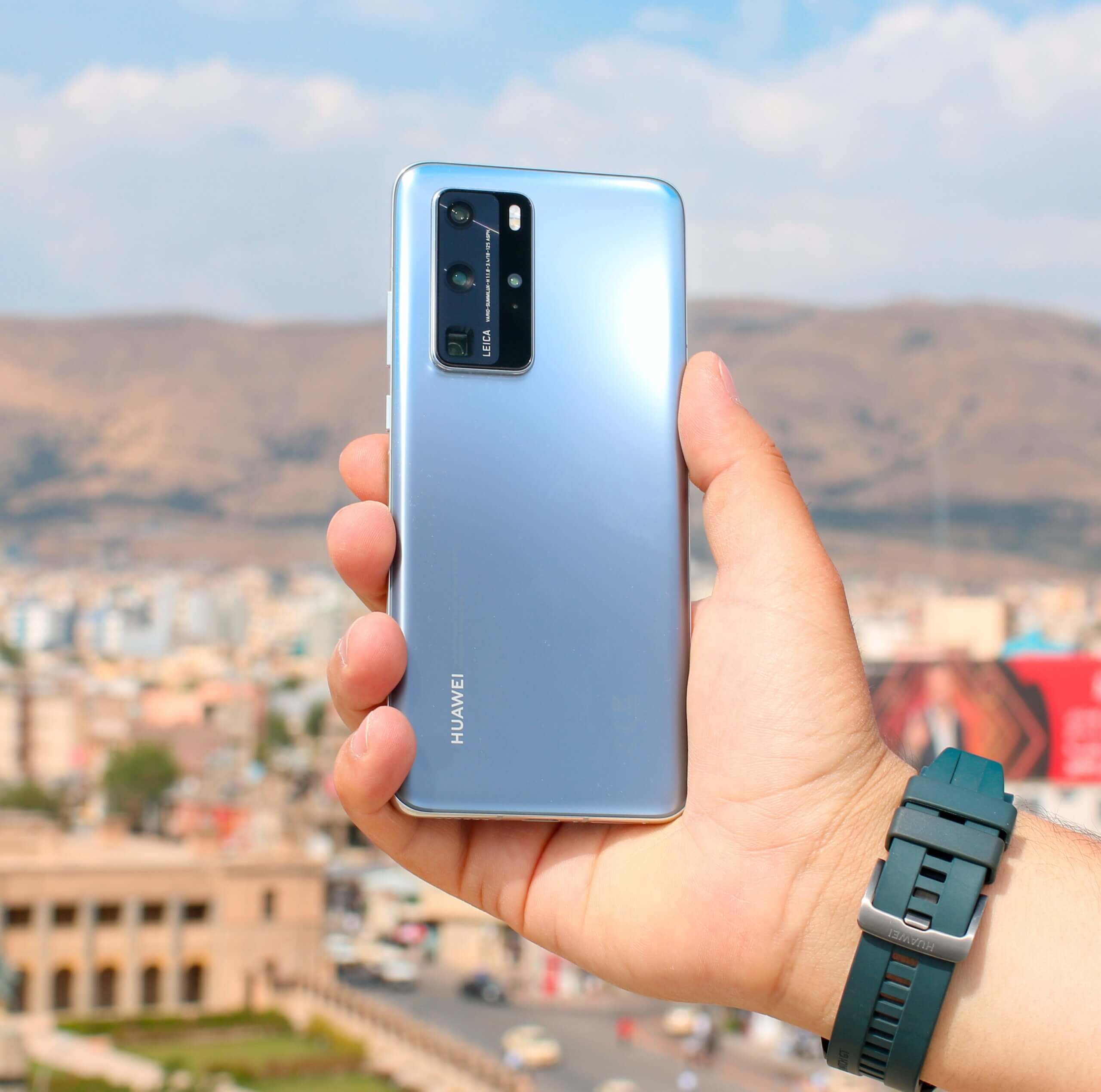On March 28, Huawei released its 2021 annual report. The Chinese tech powerhouse disclosed a nearly 30 percent drop in revenue since 2020, largely a function of US sanctions. But Huawei also reported a steep jump in profit – to the tune of 75.9% growth. Per Meng Wenzhou, Huawei’s Chief Financial Officer, this latest disclosure shows not only the company’s robust fundamentals, but also that it has defied the US challenge.
For the past two years, American media has been writing eulogies to Huawei. The mainstream narrative has interpreted the company’s slipping revenue as a sign of its demise, arguing that Washington’s sanctions did Huawei in. This latest annual report shows how remarkably wrong that narrative was. In the process, it exposes a dangerous distortion in what has become the dominant US framing for commercial strength. We’re focusing on the wrong metrics and measuring the wrong things. We fixate on revenue over profit, product sales over production, and innovation instead of application. The result risks being a fictitious economy.
The Huawei case should drive this point home. It should also prompt a rethinking our framing. This should be the push we need to start measuring success in terms of either competitive production or control over production – and to start investing in those. Huawei’s current positioning suggests that it, and China more broadly, are developing industry more intelligently than the United States. But the US is still ahead. We just need to remember the real economy.
Doing so means competing for the real economy; for either market share of factors or to control the platforms on which factors are produced and exchange. Huawei is doing both. It’s vying to capture the global markets for emerging infrastructure systems like 5G networks and data centers – also those for relevant consumer goods like wearables. More broadly, Huawei is also focused on building and scaling future industrial operating platforms or, as the company phrases it, “ecosystems.” These cover everything from intelligent transportation to cloud computing. They are intended to provide the environments for new emerging industrial domains, and therefore to determine how they work.
Doing so also means competing through the real economy; ensuring either the ability to make one’s products or to control how they are made. Yes, Huawei is a tech company: Its annual report is dripping with all the buzz words of big data, Internet of Things, artificial intelligence, and 5G. But at the same time, the company is investing to ensure that either it or its direct partners can build its physical products: It has formed an ecosystem of industrial allies to shore up manufacturing capability.
And across the board, doing so means measuring progress with the right set of metrics.
Again, that’s profit over revenue: Huawei is focused on making money, and doing so long term, not just on increasing cash flow. This is particularly evident in the company’s emphasis on telecommunications infrastructure. Building 5G infrastructure promises Huawei cemented market control. But it also means making deliberate capital investments and accepting revenue fluctuations: The drop in Huawei revenue over recent years is a function not only of US sanctions, but also of China having passed the peak of 5G construction in 2020. Does that hurt Huawei’s revenue? Sure: Now there are fewer contracts coming in. But does it hurt the company’s bottom line? No: Now it can make money from its investments.
We should also be focusing on applications over innovation: Huawei’s technology development is oriented around concrete use cases. Its annual report measures R&D success for the year in terms of how many “scenario-based solutions” the company released for industries ranging from manufacturing to finance. These might not reflect the best technology in the world. But they serve a concrete purpose. And that’s what makes money – and a difference.
And it’s the ability to build, not just to sell, products. Over the past three years, faced with US sanctions, Huawei has invested in developing manufacturing and technological capability all along its value chain. This comes at a cost. But – especially at a time of tangled supply chains and geopolitical tension – it also makes Huawei an asymmetrically robust competitor.
The goal here is not to paint Huawei, or China, as ten feet tall. This is not about Huawei or China at all. It is about the United States, and the need to rethink our economic framework.
Right now, the companies that attract headlines tend to be those that attract the most investment, not those who make good on theirs. The companies we increasingly frame as the great champions of next-generation US industry are companies like Tesla, which attributes much of its profit to sales of regulatory credits rather than cars – and whose entire business model is threatened by supply chain failure.
We should change that. We need to start rewarding companies with fundamentals, and incentivizing the development of a private sector based on fundamentals.
The good news is that there are US companies that hit these metrics — out of the ballpark. Amazon is a platform giant that optimizes for technological applications and profit. Apple leads global smartphone market share. True, both of those companies depend excessively on outside production. But their fundamental orientations position them for long term competitiveness.
So now let’s reward them for that. Let’s treat Amazon’s platform control as a strategic advantage rather than a market inefficiency; Apple’s focus on developing products that sell as a sign of technological strength rather than inadequate innovation. And let’s encourage them to double down on building things, too.
If we can change our frameworks and metrics for Apple and Amazon, we can do so for a new generation of US companies that can be tomorrow’s Apple and Amazon. We can direct markets toward smart investments and entrepreneurs toward competitive business models. Then, maybe, we can start writing eulogies to Huawei.
(Photo by Pexels)




